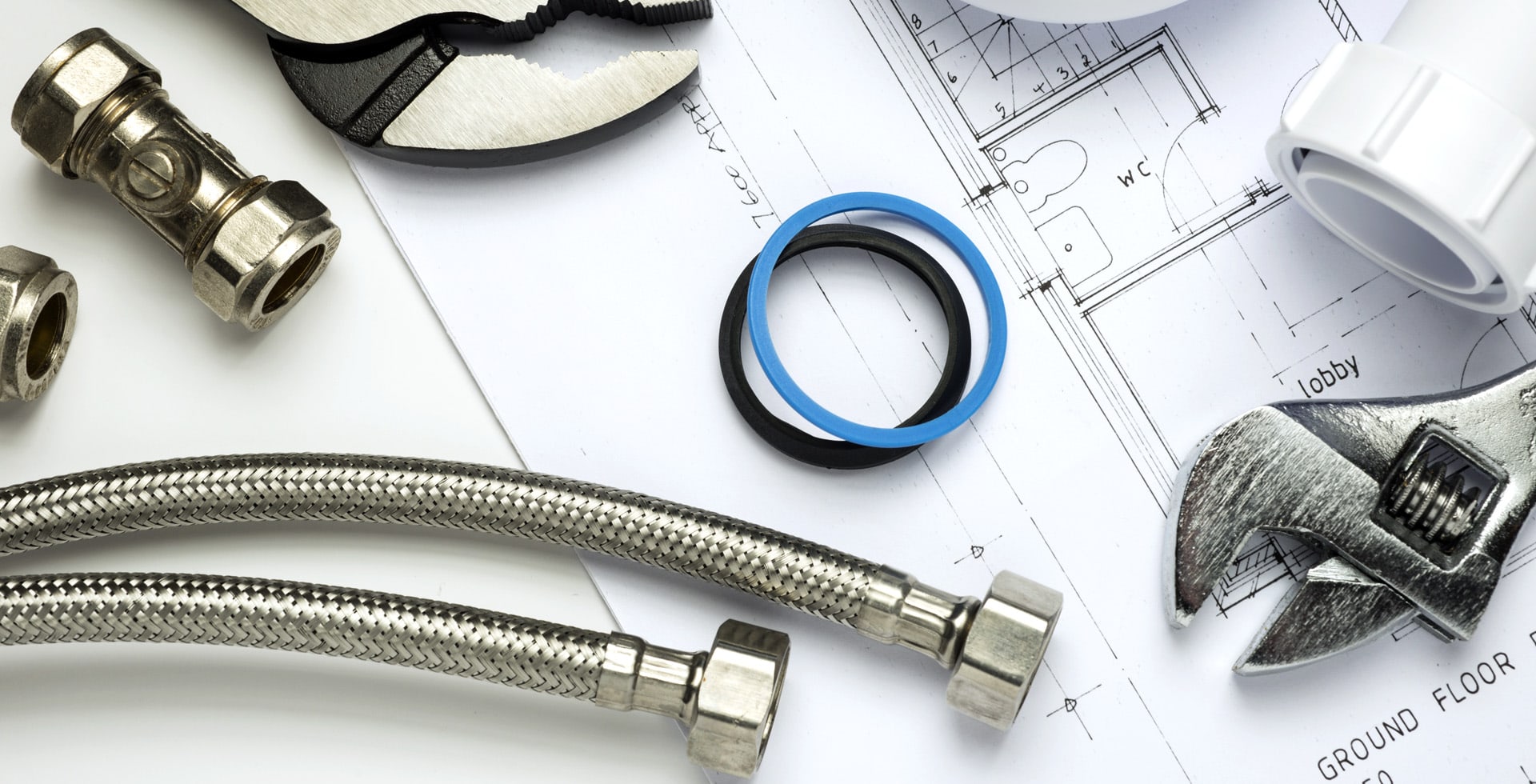Introduction
The heating, ventilation, and air conditioning (HVAC) system is vital for maintaining comfortable indoor environments. Regular inspections are important for ensuring these systems function optimally. However, during these inspections, various warning signs may emerge that can indicate underlying problems. Recognizing these signs early can help save homeowners significant time and money in repairs and replacements.
Common Warning Signs Found During HVAC Inspections
1. Unusual Noises
HVAC systems should operate quietly under normal conditions. If you hear strange noises, it often indicates an issue that needs immediate attention. Common sounds and their possible meanings include:
- Banging: This may suggest loose or broken components.
- Whistling: This could indicate air leaks in ducts or an issue with the blower.
- Grinding: This is often associated with worn bearings or other mechanical failures.
2. Inconsistent Temperature
If certain areas of your home are too hot or too cold, it may signal an imbalance in your HVAC system. Possible causes include:
- Blocked ducts affecting airflow.
- Inefficient insulation leading to heat loss.
- A malfunctioning thermostat.
3. Increased Energy Bills
Rising energy bills can be a strong indicator that your HVAC system is working harder than it should. Factors contributing to high energy usage might include:
- Aging equipment.
- Dirty filters restricting airflow.
- Lack of maintenance leading to inefficiency.
4. Poor Air Quality
Issues with air quality can manifest in various ways, often becoming noticeable through symptoms such as allergic reactions or respiratory problems. Warning signs to look for include:
- Excess dust accumulation in the home.
- Mold growth in or around HVAC components.
- Unpleasant odors coming from vents.
5. Leaks and Moisture
Water leaks around your HVAC unit can lead to significant problems, including mold growth and structural damage. Common signs to watch out for are:
- Condensation around the unit.
- Puddles of water near air handlers or condensate drains.
- Water stains on walls or ceilings.
6. Frequent System Cycling
If your HVAC system frequently turns on and off, this could indicate that it is struggling to maintain your desired temperature. Causes for frequent cycling might include:
- Incorrect thermostat settings.
- Overworked motors.
- Clogged air filters that restrict airflow.
The Importance of Regular HVAC Inspections
Regular inspections help identify potential issues before they escalate into more significant problems. An HVAC professional can verify that the system is operating efficiently and safely while detecting warning signs early. Common benefits of regular HVAC inspections include:
- Improved energy efficiency.
- Extended equipment lifespan.
- Enhanced indoor air quality.
- Increased comfort throughout your home.
How to Handle Warning Signs
Upon noticing warning signs during an HVAC inspection, it’s essential to take appropriate action to avoid complications. Here are steps you should consider:
- Contact a Professional: If you notice any unusual signs, reach out to an HVAC technician immediately.
- Document Issues: Keep a record of any symptoms and repairs needed for reference during future inspections.
- Schedule Regular Maintenance: Implement a routine maintenance schedule to keep your HVAC system in top shape.
Conclusion
Understanding the warning signs that can emerge during HVAC inspections is crucial for every homeowner. These indicators can prevent small issues from escalating into costly repairs. Regular inspections, along with prompt action when problems arise, ensure that your heating and cooling system continues to operate efficiently and safely. Prioritizing the health of your HVAC system leads not only to comfort but also to peace of mind.

